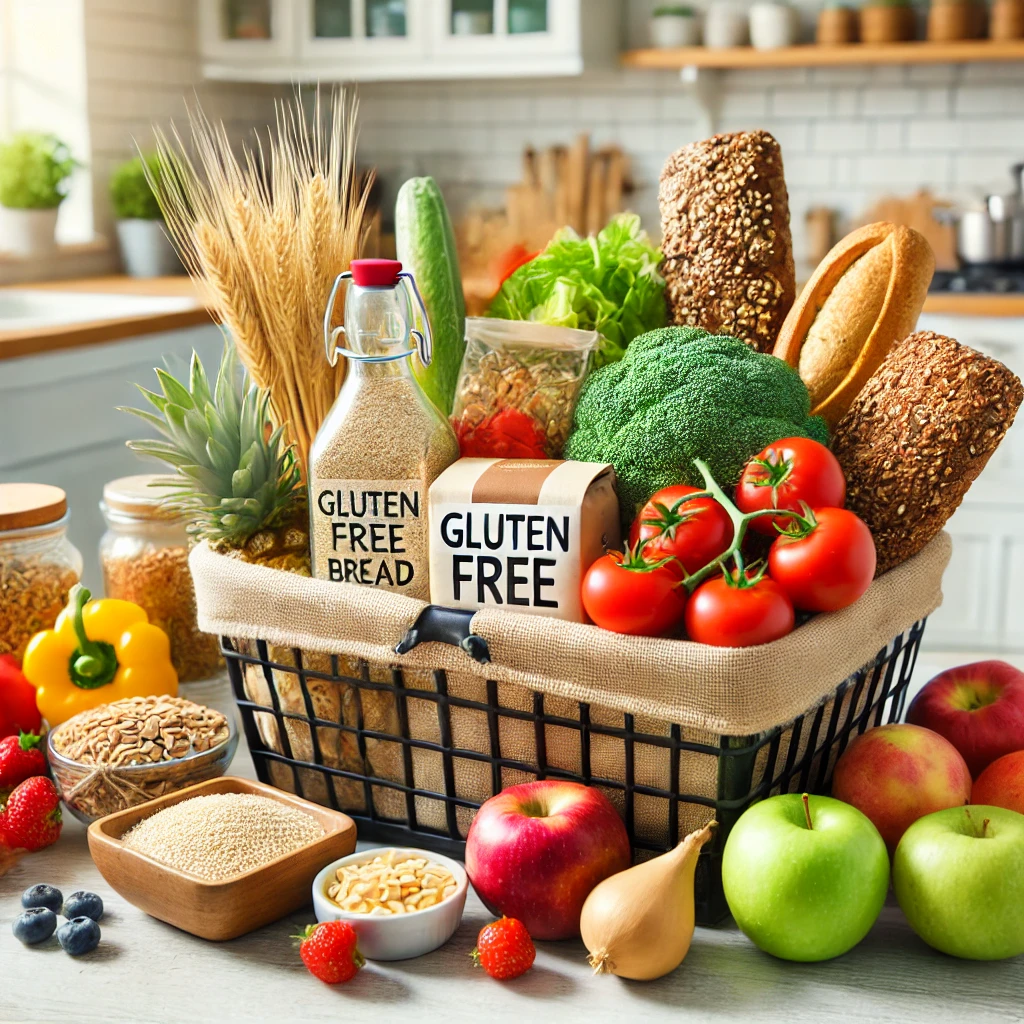Introduction
In recent years, gluten-free living has become a popular dietary choice, whether due to medical reasons or lifestyle preferences. While some people need to avoid gluten due to conditions like celiac disease or gluten sensitivity, others choose this diet for its perceived health benefits. But is going gluten-free right for everyone? In this guide, we’ll explore the pros and cons of gluten-free living to help you make an informed decision.

What is Gluten?
Gluten is a protein found in wheat, barley, and rye. It provides elasticity and structure to dough, giving bread its chewy texture. Common sources of gluten include:
- Bread and baked goods
- Pasta
- Cereal
- Beer
- Processed foods and sauces
Pros of Gluten-Free Living
1. Essential for People with Celiac Disease
- Celiac disease is an autoimmune disorder where gluten damages the small intestine.
- A strict gluten-free diet is the only treatment to prevent complications.
2. Beneficial for Gluten Sensitivity
- Some people experience bloating, headaches, and fatigue after consuming gluten.
- A gluten-free diet can help alleviate symptoms and improve well-being.
3. May Reduce Digestive Issues
- Some people find that eliminating gluten eases bloating, diarrhea, and gas.
- A diet rich in naturally gluten-free foods like fruits, vegetables, and lean proteins supports gut health.
4. Encourages Healthier Eating Habits
- Avoiding processed gluten-containing foods can lead to a diet rich in whole foods.
- Many people consume more fresh produce, lean meats, and whole grains like quinoa and rice.
5. Potential Weight Loss
- Cutting out high-calorie processed foods like pastries and fried snacks can lead to weight loss.
- However, this is not guaranteed, as some gluten-free alternatives are high in sugar and fat.
Cons of Gluten-Free Living
1. Can Be Nutrient Deficient
- Many gluten-containing products are fortified with essential nutrients like fiber, iron, and B vitamins.
- Going gluten-free may lead to deficiencies if not carefully planned.
2. More Expensive
- Gluten-free products tend to be more costly than their regular counterparts.
- Specialty flours and processed gluten-free snacks often come with a higher price tag.
3. Limited Food Choices
- Dining out or traveling can be challenging due to hidden gluten in sauces and seasonings.
- Finding safe options in social settings may require extra planning.
4. Gluten-Free Processed Foods Aren’t Always Healthier
- Some gluten-free products contain more sugar, fat, and preservatives to compensate for texture and taste.
- Reading labels is essential to avoid highly processed alternatives.
5. No Proven Benefits for Non-Sensitive Individuals
- For those without gluten intolerance, there is no scientific evidence that going gluten-free improves health.
- Cutting out gluten without reason may unnecessarily limit dietary options.
How to Follow a Healthy Gluten-Free Diet
- Focus on Whole Foods: Choose fresh fruits, vegetables, lean proteins, nuts, and seeds.
- Opt for Naturally Gluten-Free Grains: Quinoa, rice, buckwheat, and millet are great alternatives.
- Check Labels: Gluten can be hidden in processed foods, sauces, and seasonings.
- Supplement When Needed: If avoiding gluten, ensure adequate intake of fiber, iron, and B vitamins.

Conclusion
Gluten-free living offers significant benefits for those with celiac disease or gluten sensitivity, but it is not necessary for everyone. While it may encourage healthier eating, it also has downsides, such as higher costs and potential nutrient deficiencies. If you’re considering going gluten-free, ensure a well-balanced diet to maintain overall health.





